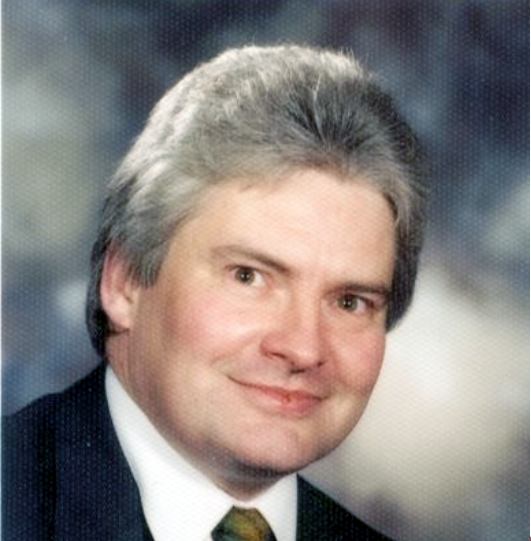Single Chip Solution for Electrical Characterization
Uwe Pliquett
Institut für Bioprozess- und Analysenmesstechnik e.V., Heilbad Heiligenstadt, GermanyElectrochemical impedance is useful for material characterization and becomes particularly interesting when the measurement is fast and the instrumentation is simple and inexpensive. Methods in the time domain are superior, especially with regard to speed, since measurements do not require sweeping though the frequency range. Instead, a broadband signal is applied and the response of the system is measured, from which the electrical properties can be derived. Of the possible broadband signals such as step functions, Dirac surge, multisine, maximum length sequence or chirp, the step function has the best potential for a quick measurement with simple hardware. In biological materials, the response to a step in potential or current is a sum of exponential functions or, for a simpler interpretation, a distribution of relaxation times. The electrode polarization that often occurs in measurements on biological systems leads to a √t -dependency. Generally, the response to a step is a rapid change in current or voltage immediately after the step, with significant deceleration thereafter. With a frequency range of five orders of magnitude and the fulfilment of the sampling theorem, equidistant sampling would require at least 200.000 sampling points, which is problematic for continuous monitoring of an object. Gradual sampling with short intervals when the signal changes quickly and correspondingly longer times when changes are slowly reduces the necessary sampling points considerably, but leads to a violation of the sampling theorem. We avoid this by a stepwise integration between two sampling points, which yields an adaptive anti-aliasing filter. In current work, about 30 sampling points are needed for a complete reconstruction of the relaxation behaviour over a dynamic range of six orders of magnitude (500 ns - 50 ms). This corresponds to a spectrum between 10 Hz - 1 MHz when evaluating a single step. An ASIC was developed for the required hardware, which, in addition to a universal front end, also contains the entire timing control and the analog-to-digital conversion. To validate the concept, we made a discrete circuit with exactly the functionality of the ASIC. Its analogue part allows the use of 2, 3 and 4 electrode systems and the choice between potentiostatic and galvanostatic excitation.
Various work regimes are implemented, where the single step allows the fastest measurement. For biological or electrochemical applications, the multiple step method is provided, in which a charge balance with positive and negative potentials is achieved. For precise measurements a sampling principle is implemented, in which an offset-free square wave is applied and the integration time is increased with each positive step. A three-electrode arrangement with automatic compensation of the zero current potential is available especially for electrochemical applications.
Short biography:
 Uwe Pliquett received the diploma degree in electronic instrumentation and the Dr.-Ing. degree in measurement techniques in 1988 and 1991, respectively, from the Engineering College Mittweida, Germany. From 1993 to 1996 he was postdoctoral fellow at MIT, Cambridge, MA, working on transdermal drug delivery mediated by pulsed electric field. He continued the work on electroporation and bio-impedance measurements in Bielefeld where he received the habilitation in 2000. During 2005 he worked at Old Dominion University in Norfolk, VA, for investigation of changes in biological material due to the application of pulsed electric field. In 2006 he joined the Institut für Bioprozess- und Analysenmesstechnik, Heilbad Heiligenstadt, Germany, where he is currently working on characterization and manipulation of biological material using electrical and optical methods.
Uwe Pliquett received the diploma degree in electronic instrumentation and the Dr.-Ing. degree in measurement techniques in 1988 and 1991, respectively, from the Engineering College Mittweida, Germany. From 1993 to 1996 he was postdoctoral fellow at MIT, Cambridge, MA, working on transdermal drug delivery mediated by pulsed electric field. He continued the work on electroporation and bio-impedance measurements in Bielefeld where he received the habilitation in 2000. During 2005 he worked at Old Dominion University in Norfolk, VA, for investigation of changes in biological material due to the application of pulsed electric field. In 2006 he joined the Institut für Bioprozess- und Analysenmesstechnik, Heilbad Heiligenstadt, Germany, where he is currently working on characterization and manipulation of biological material using electrical and optical methods.
< Back

